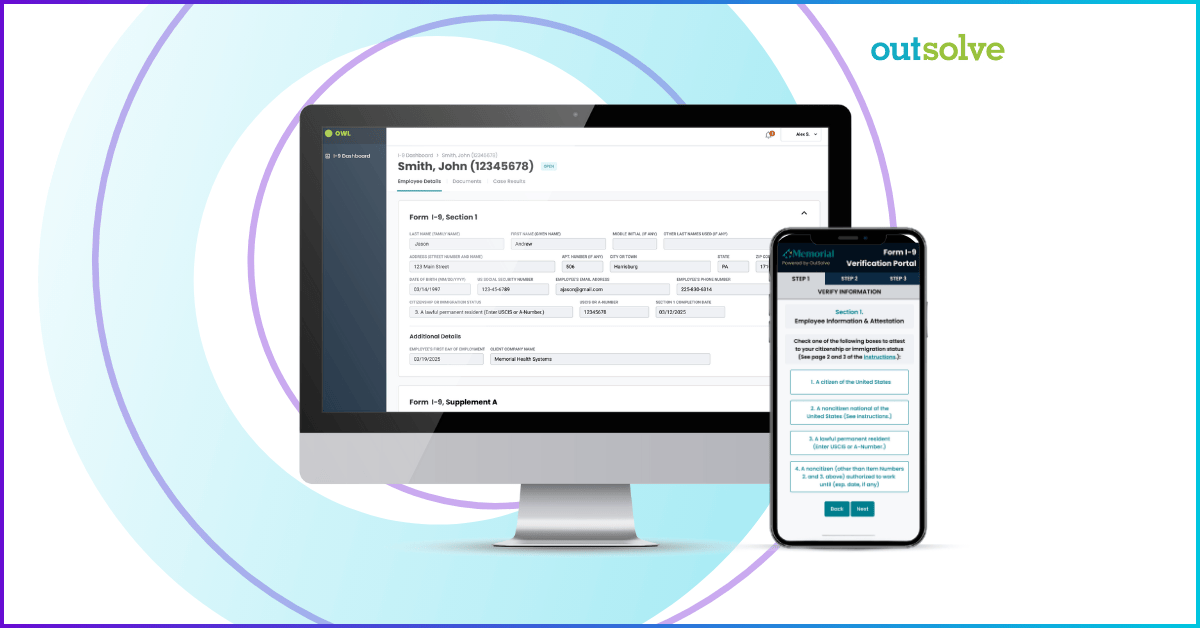
Neil Dickinson
Leading Compensation Services at OutSolve, Neil helps organizations align pay, performance, and compliance through data-driven benchmarking, pay equity analytics, and global pay transparency initiatives. His team partners with employers across industries to design and operationalize compensation programs that are fair, competitive, and compliant—supporting business growth, workforce trust, and readiness for evolving regulations, including the EU Pay Transparency Directive. Neil brings over 20 years of experience working with HR, Talent Acquisition, and Compensation teams across the country to build best-in-class compliance programs. He has supported clients in EEOC equal pay charges and has also designed Pay Equity Analytics to provide federal contractors better visibility to pay gaps within their organizations. Neil regularly delivers training on compensation topics for SHRM, ILG, and other industry HR group events. Neil received his undergraduate degree from the University of South Carolina and The University of Hull in England and his MBA from The Citadel. He is also SHRM certified. Pay Equity Audits: Why They’re Still Critical
Federal contractors and subcontractors have long been required to conduct annual pay equity reviews under under Executive Order 11246. This process...
Neil Dickinson
Apr 28, 2025 11:06:25 AM
Pay Equity Audits: Why They’re Still Critical
Federal contractors and subcontractors have long been required to conduct annual pay equity reviews under under Executive Order 11246. This process...
Neil Dickinson
Apr 28, 2025 11:06:25 AM
Federal contractors and subcontractors have long been required to conduct annual pay equity reviews under under Executive Order 11246. This process identifies and corrects pay disparities based on race, gender, or ethnicity. Although EO 11246 has been rescinded the value of conducting them still remains as critical as ever.
Neil Dickinson Pay Equity Audits: Why They’re Still Critical New Jersey Pay Transparency Laws: What You Need to Know
The topic of pay equity continues to gain attention across the United States, and New Jersey (NJ) is no exception. In fact, NJ is preparing to...
Neil Dickinson
Apr 23, 2025 8:27:21 AM
New Jersey Pay Transparency Laws: What You Need to Know
The topic of pay equity continues to gain attention across the United States, and New Jersey (NJ) is no exception. In fact, NJ is preparing to...
Neil Dickinson
Apr 23, 2025 8:27:21 AM
The topic of pay equity continues to gain attention across the United States, and New Jersey (NJ) is no exception. In fact, NJ is preparing to implement a new pay transparency law that will take effect on June 1, 2025. In short, this new law will require certain employers to disclose salary ranges in job postings and provide current employees with notifications of promotional opportunities.
Neil Dickinson New Jersey Pay Transparency Laws: What You Need to Know How to Ensure Your Pay Practices are Non-Discriminatory
Administering fair compensation practices is not just the right thing to do, it is essential for legal compliance, maintaining a positive workplace...
Neil Dickinson
Apr 2, 2025 3:59:21 PM
How to Ensure Your Pay Practices are Non-Discriminatory
Administering fair compensation practices is not just the right thing to do, it is essential for legal compliance, maintaining a positive workplace...
Neil Dickinson
Apr 2, 2025 3:59:21 PM
Administering fair compensation practices is not just the right thing to do, it is essential for legal compliance, maintaining a positive workplace culture, and for a company’s overall success. Companies that fail to establish non-discriminatory pay practices expose themselves to numerous risks, including legal penalties, lawsuits, and long-term damage to their reputation.
Neil Dickinson How to Ensure Your Pay Practices are Non-Discriminatory Compensation Benchmarking: The HR Leader’s Complete Guide
Setting salaries can feel like a guessing game. If you pay employees too little, they leave for better offers. If you pay too much, you strain your...
Neil Dickinson
Mar 31, 2025 3:06:19 PM
Compensation Benchmarking: The HR Leader’s Complete Guide
Setting salaries can feel like a guessing game. If you pay employees too little, they leave for better offers. If you pay too much, you strain your...
Neil Dickinson
Mar 31, 2025 3:06:19 PM
Setting salaries can feel like a guessing game. If you pay employees too little, they leave for better offers. If you pay too much, you strain your budget and create pay compression. That’s where compensation benchmarking comes in.
Neil Dickinson Compensation Benchmarking: The HR Leader’s Complete Guide What is a Pay Equity Analysis?
Employee compensation plays a major role in employee satisfaction, engagement, and retention. If not managed carefully, compensation can also be a...
Neil Dickinson
Mar 20, 2025 1:29:18 PM
What is a Pay Equity Analysis?
Employee compensation plays a major role in employee satisfaction, engagement, and retention. If not managed carefully, compensation can also be a...
Neil Dickinson
Mar 20, 2025 1:29:18 PM
Employee compensation plays a major role in employee satisfaction, engagement, and retention. If not managed carefully, compensation can also be a source of inequality and frustration. This is where pay equity analysis comes into play. A pay equity analysis is a review of an organization’s compensation practices, focused on identifying and addressing any disparities in pay between employees performing similar work.
Neil Dickinson What is a Pay Equity Analysis? 5 Steps to Minimize Pay Transparency Risks
Pay transparency continues to be a significant and growing trend in the workplace. Legislation and public demand have also increased related to...
Neil Dickinson
Mar 17, 2025 1:51:13 PM
5 Steps to Minimize Pay Transparency Risks
Pay transparency continues to be a significant and growing trend in the workplace. Legislation and public demand have also increased related to...
Neil Dickinson
Mar 17, 2025 1:51:13 PM
Pay transparency continues to be a significant and growing trend in the workplace. Legislation and public demand have also increased related to companies disclosing salary information, so initiatives around pay equity, fairness, and trust are a top priority for Human Resources. Pay transparency initiatives present an opportunity to cultivate a culture of openness, equity and trust, but it also brings about challenges that need to be carefully addressed.
Neil Dickinson 5 Steps to Minimize Pay Transparency Risks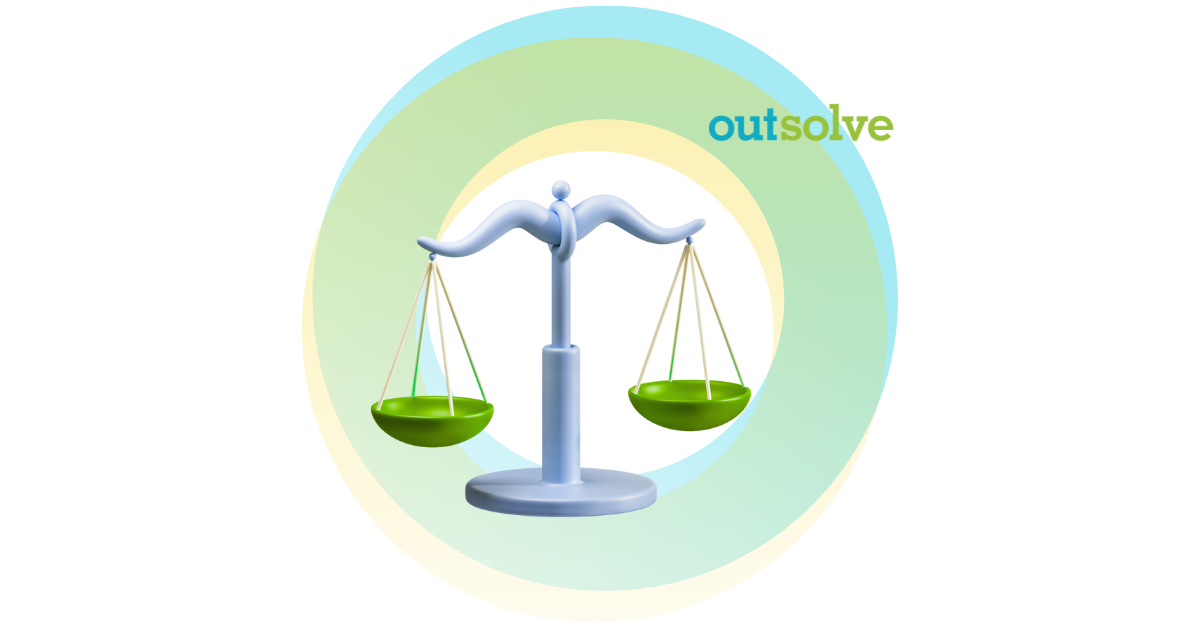 Simple Steps for Implementing Pay Equity and Fair Pay
Standing up a pay equity and fair pay program can feel like navigating a labyrinth of data, policies, and entrenched practices. You face the daunting...
Neil Dickinson
Mar 4, 2025 4:38:24 PM
Simple Steps for Implementing Pay Equity and Fair Pay
Standing up a pay equity and fair pay program can feel like navigating a labyrinth of data, policies, and entrenched practices. You face the daunting...
Neil Dickinson
Mar 4, 2025 4:38:24 PM
Standing up a pay equity and fair pay program can feel like navigating a labyrinth of data, policies, and entrenched practices. You face the daunting task of balancing budget constraints, regulatory compliance, and the urgent need to attract and retain top talent. All the while, you know that unaddressed pay inequities can erode employee trust, fuel turnover, and tarnish your company’s reputation.
Neil Dickinson Simple Steps for Implementing Pay Equity and Fair Pay The Business Case for Pay Equity in 2025
If recent federal changes have you questioning pay equity’s importance, consider this: states are stepping up enforcement, and your employees are...
Neil Dickinson
Feb 11, 2025 9:50:54 AM
The Business Case for Pay Equity in 2025
If recent federal changes have you questioning pay equity’s importance, consider this: states are stepping up enforcement, and your employees are...
Neil Dickinson
Feb 11, 2025 9:50:54 AM
If recent federal changes have you questioning pay equity’s importance, consider this: states are stepping up enforcement, and your employees are watching. In 2025, staying proactive is key.
Not only that, but under the federal Equal Pay Act of 1963 and Title VII of the Civil Rights Act,employers are prohibited from pay discrimination on the basis of sex, gender, race, or ethnicity. These two laws work together and require that any pay differences are justified by legitimate, non-discriminatory factors such as merit, seniority, quantity or quality of work, or a factor other than sex and race.
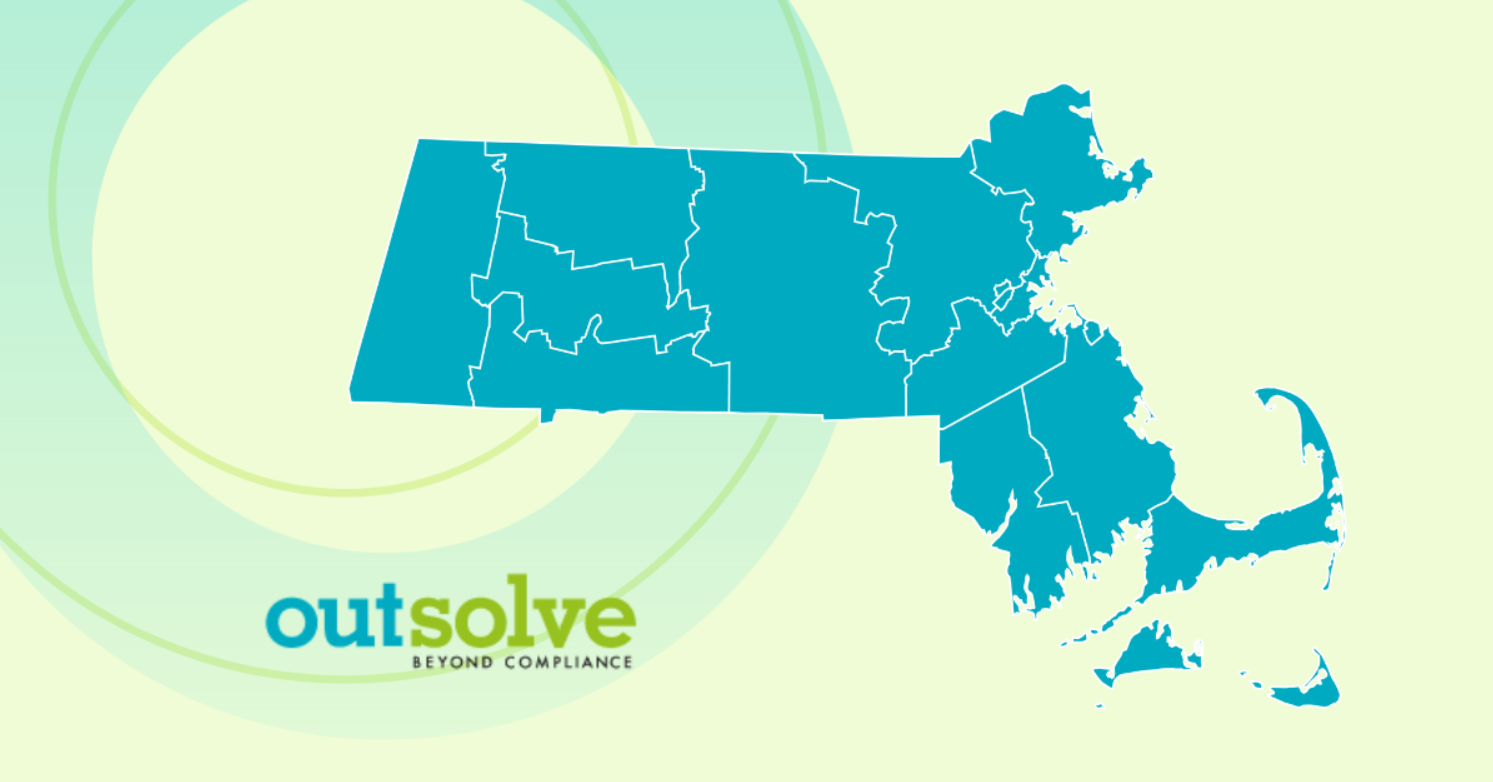 Massachusetts Pay Reporting Requirements for 2025
Starting in 2025, a significant aspect of the "Frances Perkins Workplace Equity Act" requires employers to submit annual compensation reports to the...
Neil Dickinson
Jan 16, 2025 1:55:29 PM
Massachusetts Pay Reporting Requirements for 2025
Starting in 2025, a significant aspect of the "Frances Perkins Workplace Equity Act" requires employers to submit annual compensation reports to the...
Neil Dickinson
Jan 16, 2025 1:55:29 PM
Starting in 2025, a significant aspect of the "Frances Perkins Workplace Equity Act" requires employers to submit annual compensation reports to the Commonwealth of Massachusetts. This process will occur via its online portal, which is now live. On July 31, 2024, Massachusetts Governor Maura Healey enacted this legislation, which introduces new requirements for pay transparency and workforce data reporting. These initiatives are designed to enhance workplace equity and offer deeper insights into workforce demographics. An updated FAQ has been published on the Mass.gov website, offering clearer guidance on the expectations for annual reporting for Massachusetts pay data.
Neil Dickinson Massachusetts Pay Reporting Requirements for 2025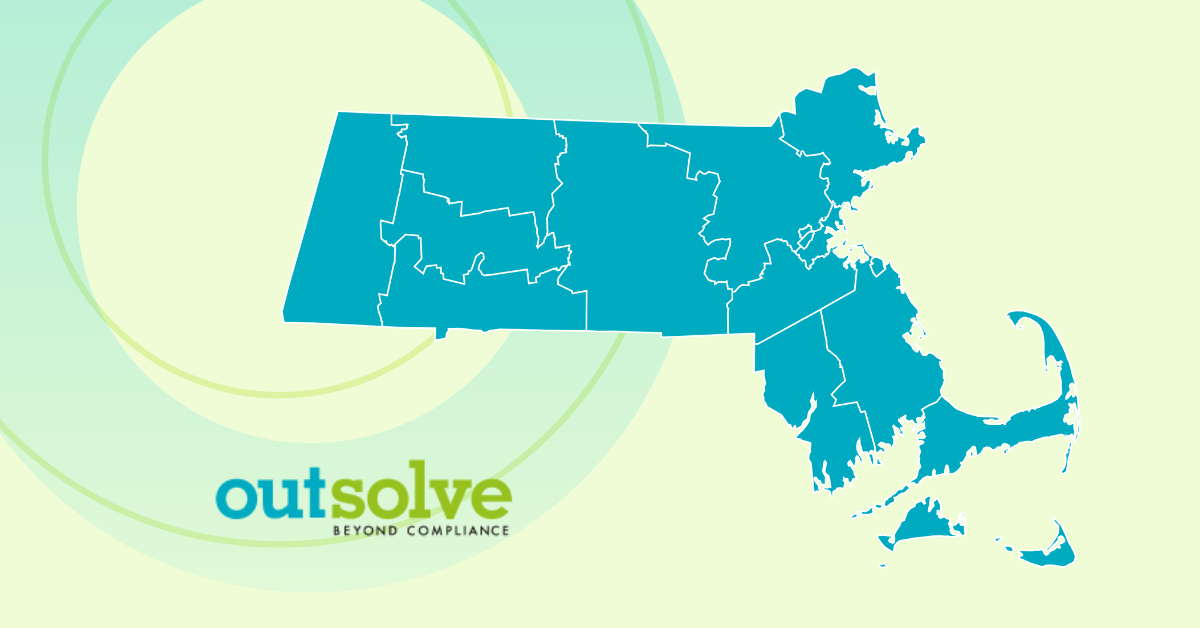 Massachusetts Enacts Comprehensive Pay Transparency Law: What Employers Need to Know
On July 31, 2024, Massachusetts Governor Maura Healey signed the "Frances Perkins Workplace Equity Act," a significant step towards pay transparency...
Neil Dickinson
Aug 15, 2024 11:45:00 AM
Massachusetts Enacts Comprehensive Pay Transparency Law: What Employers Need to Know
On July 31, 2024, Massachusetts Governor Maura Healey signed the "Frances Perkins Workplace Equity Act," a significant step towards pay transparency...
Neil Dickinson
Aug 15, 2024 11:45:00 AM
On July 31, 2024, Massachusetts Governor Maura Healey signed the "Frances Perkins Workplace Equity Act," a significant step towards pay transparency in the state. This new legislation imposes crucial requirements on employers, aimed at promoting fair pay practices and reducing wage disparities.
Neil Dickinson Massachusetts Enacts Comprehensive Pay Transparency Law: What Employers Need to Knowcompany news

Mary MaddenMay 13, 2025
Need More Help? Contact OutSolve.
We offer HR compliance, anti-discrimination, and fair pay solutions.

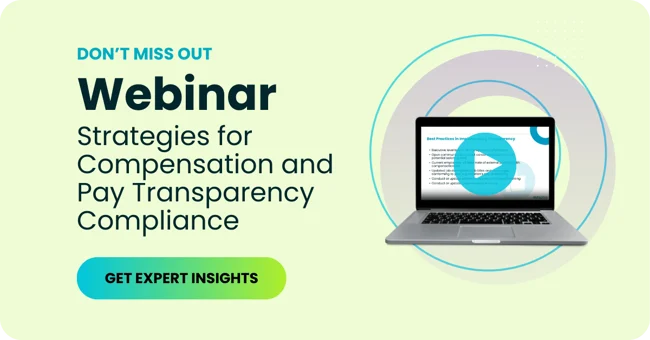
.png)
